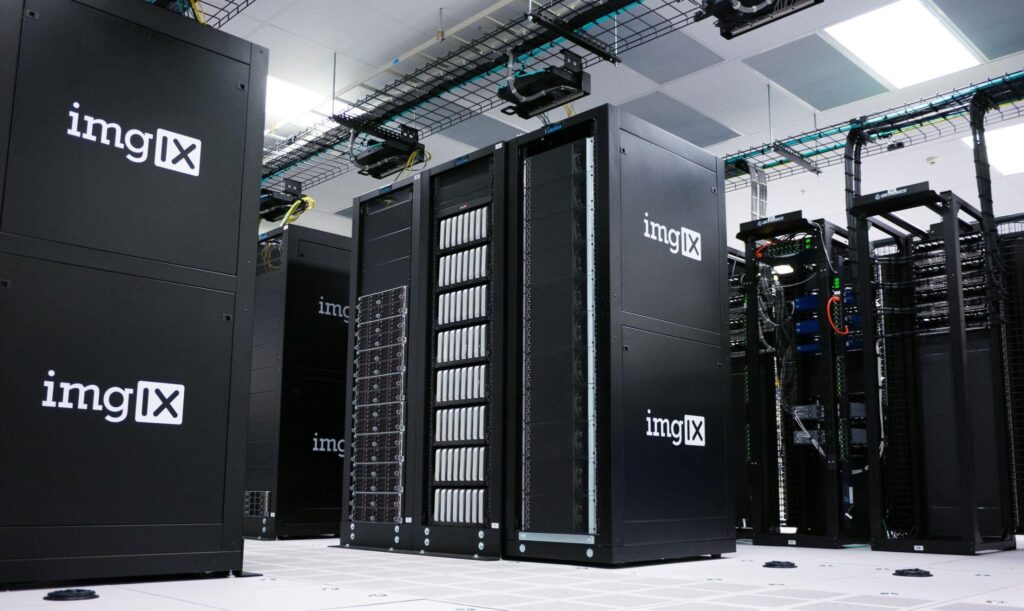Although we may not be living on Mars or driving to work in jet packs, the next decade will undoubtedly offer many fascinating technical advancements. I’d like to lay out the major technological IT and IT Support trends that I predict will define the 2020s in this post.
Machine learning and artificial intelligence (AI). The increasing ability of machines to learn and act intelligently will radically change our world. Many of the other trends on this list are also based on it.
Internet of Things (IoT). This refers to the ever-increasing number of internet-connected “smart” gadgets and items. These gadgets are continually collecting and transferring data, boosting the expansion of Big Data and AI even more.

Augmented people and wearables. What started with fitness trackers has evolved into a thriving business of wearable technology aimed at improving human performance and supporting us in living healthier, safer, and more efficient lives. In the future, humans and technology may merge to create “augmented humans” or “transhumans.”
Big data analytics and augmented analytics. The exponential rise in the amount of data generated in our environment is referred to as Big Data. We can now make sense of and operate with immensely complicated and varied streams of data thanks to augmented analytics (very advanced data analytics, sometimes fuelled by AI approaches).
Intelligent environments and intelligent locations. Physical environments, such as houses, offices, and even whole cities, are becoming increasingly connected and smart as a result of this trend, which is closely tied to the Internet of Things.
Distributed ledgers and blockchains. This ultra-secure way of storing, verifying, and preserving data have the potential to change many parts of the business, notably the facilitation of trustworthy transactions.
Edge computing and cloud computing,- in which data is kept on other computers and accessed through the internet, has made data and analytics more accessible to the general public. Edge computing, which processes data on smart devices (such as phones), will take this to the next level.
Digitally expanded realities are number eight. Virtual reality, augmented reality, and mixed reality are all examples of this trend, which stresses the transition toward more immersive digital experiences.
The concept of digital twins. A digital twin is a virtual representation of a physical thing, process, or environment. This cutting-edge technology allows us to experiment with changes and modifications that would be too costly or dangerous to test out on a physical thing.
Natural language processing is ten. This technology, which allows machines to understand human language, has had a significant impact on how humans engage with machines, spawning?
Voice interfaces and chatbots are becoming increasingly popular. Many of us have grown accustomed to interacting with robots by simply speaking or typing our commands. Only a few examples are Alexa, Siri, and chatbots. In the future, more companies will employ voice interfaces and chatbots to communicate with their customers.
Facial recognition and computer vision. Why shouldn’t machines be able to “look” as well as “talk”? Face recognition is one example of how this technology helps robots to visually perceive the world around them. Although the use of face recognition will undoubtedly be subjected to tighter governmental oversight, the technology isn’t going away.
Cobots and robots. Robots nowadays are more sophisticated than ever before, learning to adapt to their surroundings and complete jobs without the need for human involvement. The future of employment in certain areas is anticipated to entail people collaborating with robot colleagues – thus the name “cobot,” or “collaborative robot.”
Self-driving cars. Autonomous vehicles of all types ? cars, taxis, trucks, and even ships ? will become totally autonomous and economically feasible in the 2020s.
5g. The fifth generation of cellular network technology will make wireless networking quicker, smarter, and more reliable, propelling many other developments forward (e.g., more connected devices and richer streams of data).
Gene editing and genomics. Computing and analytics advancements have accelerated our study of the human genome. Now we’re working on changing the genetic structure of live beings (for example, “repairing” cancer-causing DNA mutations).
Augmented design and machine co-creation. Machines can now accomplish a variety of tasks, including generating artwork and designs, thanks to artificial intelligence (AI). As a result, we may expect more collaboration between humans and machines in the creative and design processes.
The use of digital platforms. Digital platforms, such as Facebook, Uber, and Airbnb, are networks that allow people to communicate and share information. This trend is upending established corporate structures, pushing many traditional businesses to migrate to or embrace a platform-based strategy.
Drones and unmanned aerial vehicles (UAVs). The way military operations are conducted has changed as a result of these aircraft, which may be commanded remotely or autonomously. To mention a few uses, drone technology will change search and rescue operations, firefighting, law enforcement, and transportation. Passenger drones (drone taxis) should also be on your radar.

As the editor of the blog, She curate insightful content that sparks curiosity and fosters learning. With a passion for storytelling and a keen eye for detail, she strive to bring diverse perspectives and engaging narratives to readers, ensuring every piece informs, inspires, and enriches.









